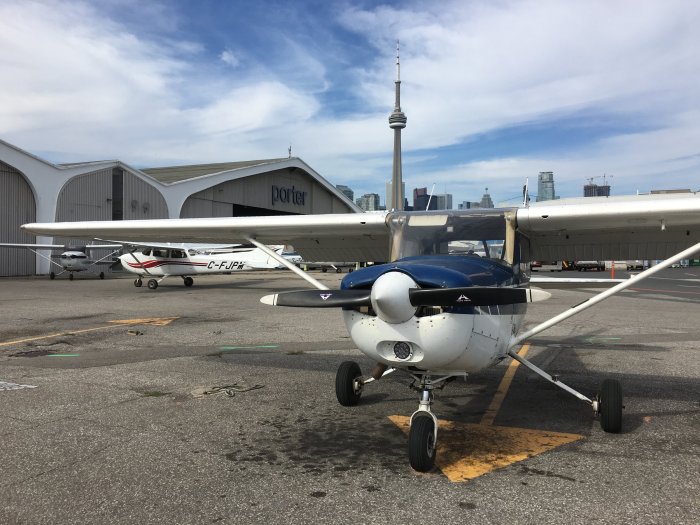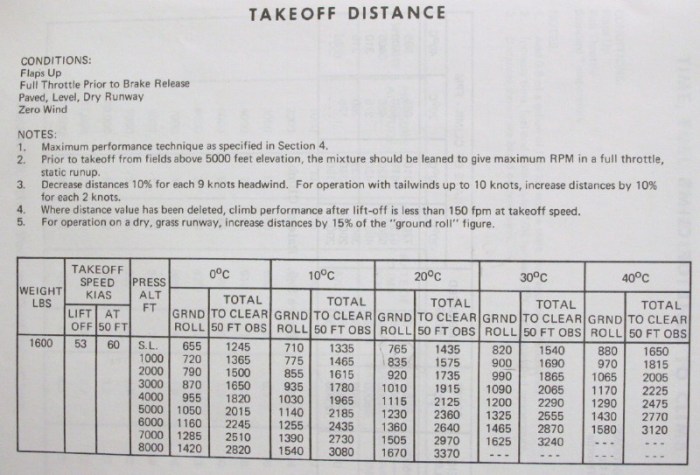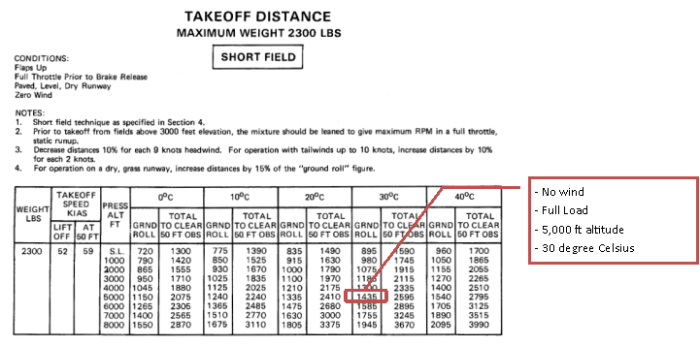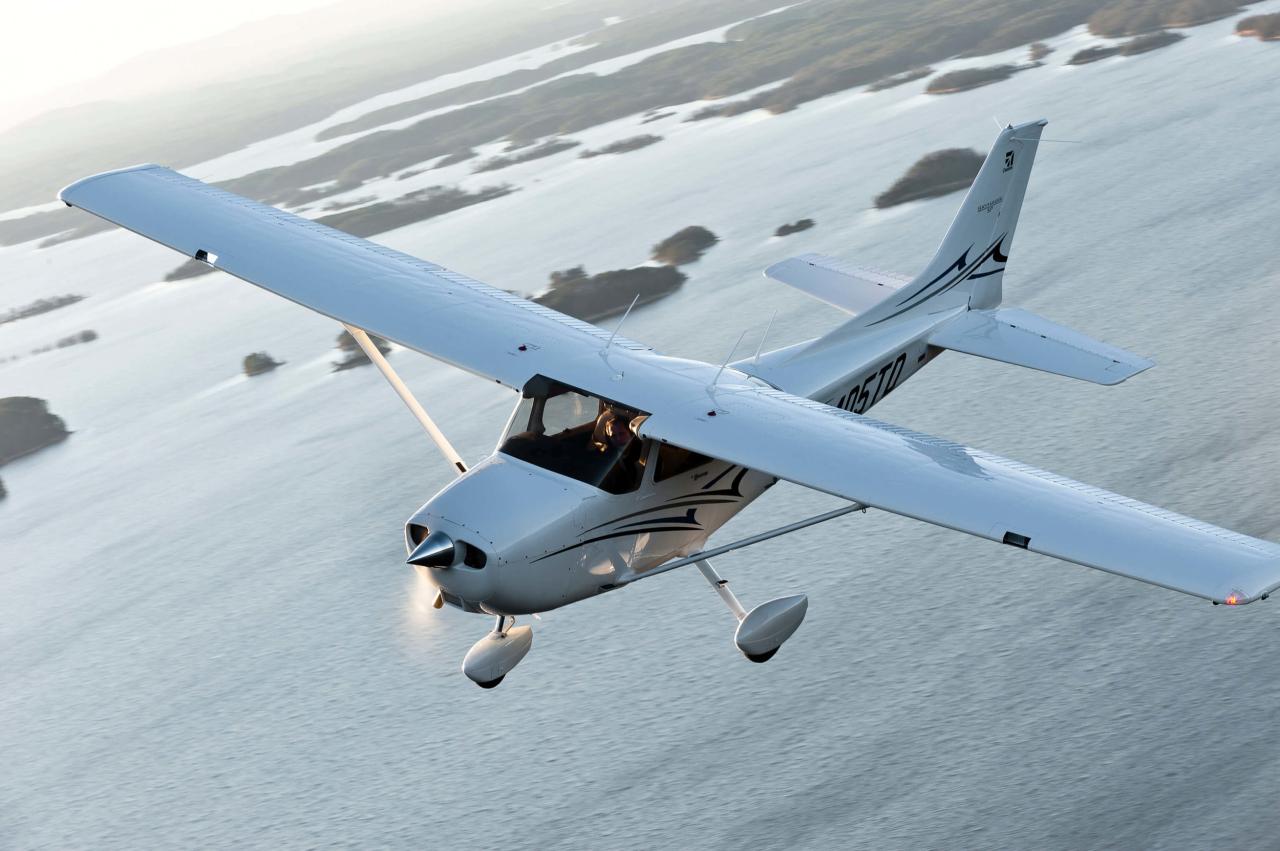Embark on an aerial adventure with our comprehensive guide to Cessna 172 soft field takeoffs. Discover the techniques and strategies that will empower you to navigate challenging terrain with confidence.
Delve into the intricacies of ground effect, terrain assessment, and aircraft modifications to optimize your takeoff performance. Enhance your piloting skills and knowledge through training and experience to conquer soft field takeoffs with precision and finesse.
Takeoff Procedures for Soft Fields

Operating a Cessna 172 aircraft on soft field surfaces requires specific takeoff procedures to minimize ground roll and prevent aircraft damage. These procedures involve proper power settings, flap configuration, and trim adjustments, ensuring optimal performance during takeoff.
Power Settings
During takeoff on soft fields, higher power settings are necessary to overcome the increased drag and resistance. The pilot should apply full throttle during the takeoff roll to maximize engine power and acceleration.
Flap Configuration
Using flaps during takeoff on soft fields is generally not recommended. Flaps increase drag, which can hinder the aircraft’s ability to accelerate and lift off the ground. Therefore, pilots should typically maintain a clean wing configuration with flaps retracted.
Trim Adjustments
Proper trim adjustments are crucial for maintaining aircraft stability during takeoff on soft fields. The aircraft should be trimmed for a slightly nose-up attitude to counteract the tendency of the aircraft to pitch down due to increased drag.
Ground Effect and Its Impact on Soft Field Takeoffs: Cessna 172 Soft Field Takeoff

Ground effect is a phenomenon that occurs when an aircraft is flying close to the ground. It results from the interaction between the aircraft’s wings and the ground, which creates a cushion of air that can significantly impact the aircraft’s performance.
When attempting a soft field takeoff in a Cessna 172, it’s crucial to understand the impact of various factors on the aircraft’s performance. For further insights into how language and vocabulary influence our understanding of the world, consider exploring the wordly wise book 7 answers . Returning to our discussion, maintaining proper airspeed and flap settings is essential for optimizing lift and minimizing drag during a soft field takeoff in a Cessna 172.
In the context of soft field takeoffs, ground effect can have both positive and negative effects.
Lift
Ground effect increases the lift generated by the wings. This is because the air cushion created by the ground provides additional support for the wings, allowing them to produce more lift at a lower airspeed. This increased lift can be beneficial during soft field takeoffs, as it allows the aircraft to accelerate more quickly and achieve a higher takeoff speed.
Drag
Ground effect also increases the drag experienced by the aircraft. This is because the air cushion created by the ground creates a turbulent airflow around the aircraft, which increases the resistance to motion. This increased drag can be detrimental during soft field takeoffs, as it can slow down the aircraft and make it more difficult to reach the required takeoff speed.
Controllability
Ground effect can also affect the aircraft’s controllability. The increased lift and drag created by ground effect can make the aircraft more difficult to control, especially at low speeds. This can be a challenge for pilots during soft field takeoffs, as they need to be able to maintain precise control of the aircraft while operating in a challenging environment.
Utilizing Ground Effect
Pilots can utilize ground effect to enhance takeoff performance on soft fields by flying the aircraft at a slightly higher angle of attack. This will increase the amount of lift generated by the wings and reduce the amount of drag experienced by the aircraft.
As a result, the aircraft will accelerate more quickly and reach the required takeoff speed more easily.
Terrain Assessment and Soft Field Selection

Prior to attempting a soft field takeoff, a thorough assessment of the terrain is crucial to ensure a safe and successful departure. This involves identifying a suitable takeoff area that meets specific criteria and avoiding hazardous terrain features that could pose risks to the aircraft.
Factors to Consider in Soft Field Selection
When selecting a soft field for takeoff, several key factors should be considered:
- Surface Conditions:The surface of the field should be firm enough to support the weight of the aircraft without excessive sinkage. Avoid areas with soft, muddy, or sandy surfaces that can create drag and reduce takeoff performance.
- Slope:The field should have a gentle slope, ideally no more than 5 degrees. Steep slopes can affect the aircraft’s ability to accelerate and maintain a safe takeoff speed.
- Obstacles:The field should be free of obstacles such as trees, fences, or power lines that could interfere with the takeoff path. Clear a wide area in front of and around the aircraft to ensure unobstructed flight.
Identifying and Avoiding Hazardous Terrain Features
Certain terrain features can pose hazards during soft field takeoffs. These include:
- Ruts and Holes:Deep ruts or holes in the surface can cause the aircraft to bounce or yaw, affecting its stability and control.
- Soft Spots:Areas with excessively soft ground can cause the aircraft to sink in, increasing drag and reducing takeoff performance.
- Undulations:Uneven surfaces with bumps or dips can cause the aircraft to porpoise, making it difficult to maintain a stable flight path.
Pilots should carefully inspect the takeoff area for these hazards and avoid them by selecting a suitable alternative.
Aircraft Modifications for Soft Field Operations

Modifying aircraft for enhanced soft field takeoff performance involves incorporating changes to the aircraft’s design or equipment to improve its ability to operate on unpaved or unprepared surfaces. These modifications can include larger tires, tundra tires, and other enhancements.
Larger Tires
Enlarging the aircraft’s tires increases the surface area in contact with the ground, distributing the aircraft’s weight more evenly and reducing ground pressure. This enhanced flotation helps prevent the aircraft from sinking into soft terrain, improving takeoff performance.
Tundra Tires
Tundra tires are specially designed for soft field operations, featuring a low-pressure design and aggressive tread pattern. Their large size and low pressure provide exceptional flotation, while the tread pattern provides increased traction on uneven surfaces.
Other Modifications
Other modifications that can enhance soft field takeoff performance include:
- Installing a stronger landing gear to withstand the increased stress of rough field operations
- Reinforcing the fuselage to protect it from damage during landings on uneven surfaces
- Adding a tailwheel to improve directional control during takeoff and landing
- Equipping the aircraft with a more powerful engine to compensate for the increased drag and resistance encountered on soft fields
Regulatory Requirements and Certification
Aircraft modifications must comply with regulatory requirements and undergo a certification process to ensure they meet safety standards. The Federal Aviation Administration (FAA) in the United States and other regulatory agencies worldwide establish guidelines for aircraft modifications, including those intended for soft field operations.
Aircraft owners and operators must obtain approval for any modifications they make to their aircraft to ensure the aircraft remains airworthy and safe.
Pilot Training and Experience

Pilot training and experience play a critical role in ensuring successful soft field takeoffs. Pilots must possess specific skills and knowledge to effectively navigate the challenges associated with soft field operations.
These skills include:
- Understanding the aircraft’s performance characteristics on soft surfaces.
- Proper takeoff and landing techniques for soft fields.
- Terrain assessment and soft field selection.
- Recognition and mitigation of ground effect.
- Emergency procedures for soft field operations.
Flight Simulators and Training Aids, Cessna 172 soft field takeoff
Flight simulators and other training aids can provide valuable opportunities for pilots to practice soft field takeoffs in a controlled environment. These tools allow pilots to develop the necessary skills and confidence before attempting soft field operations in real-world scenarios.
Common Queries
What is the most critical factor to consider during a soft field takeoff?
Proper terrain assessment is paramount to identify suitable takeoff areas and avoid hazardous obstacles.
How does ground effect impact takeoff performance?
Ground effect enhances lift and reduces drag, providing additional support during takeoff from soft surfaces.
What aircraft modifications can improve soft field takeoff capabilities?
Larger tires, tundra tires, and other modifications can increase ground clearance and reduce sink rates.
Why is pilot training crucial for successful soft field takeoffs?
Specialized skills and knowledge are essential to assess terrain, utilize ground effect, and execute proper takeoff procedures.

